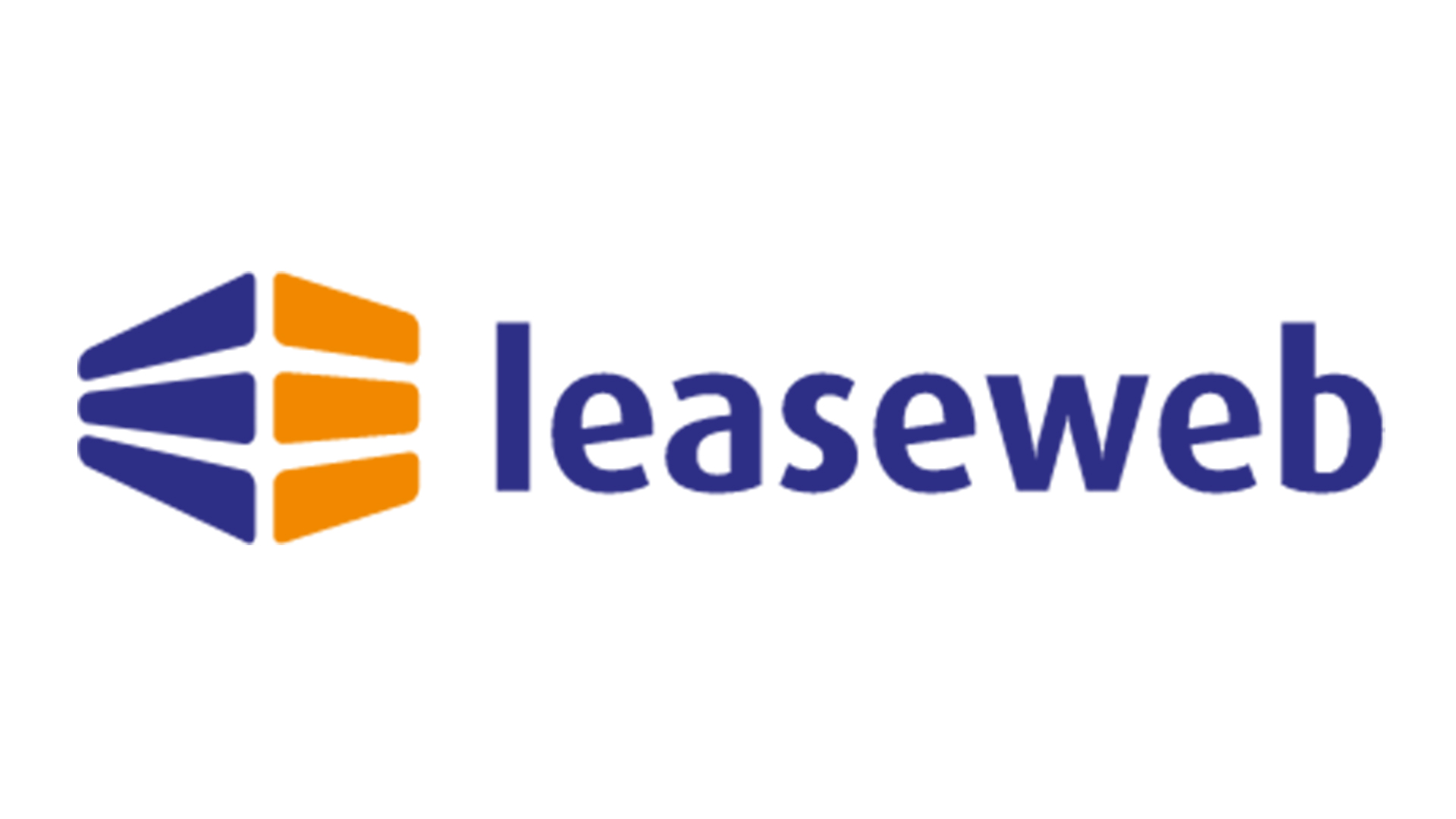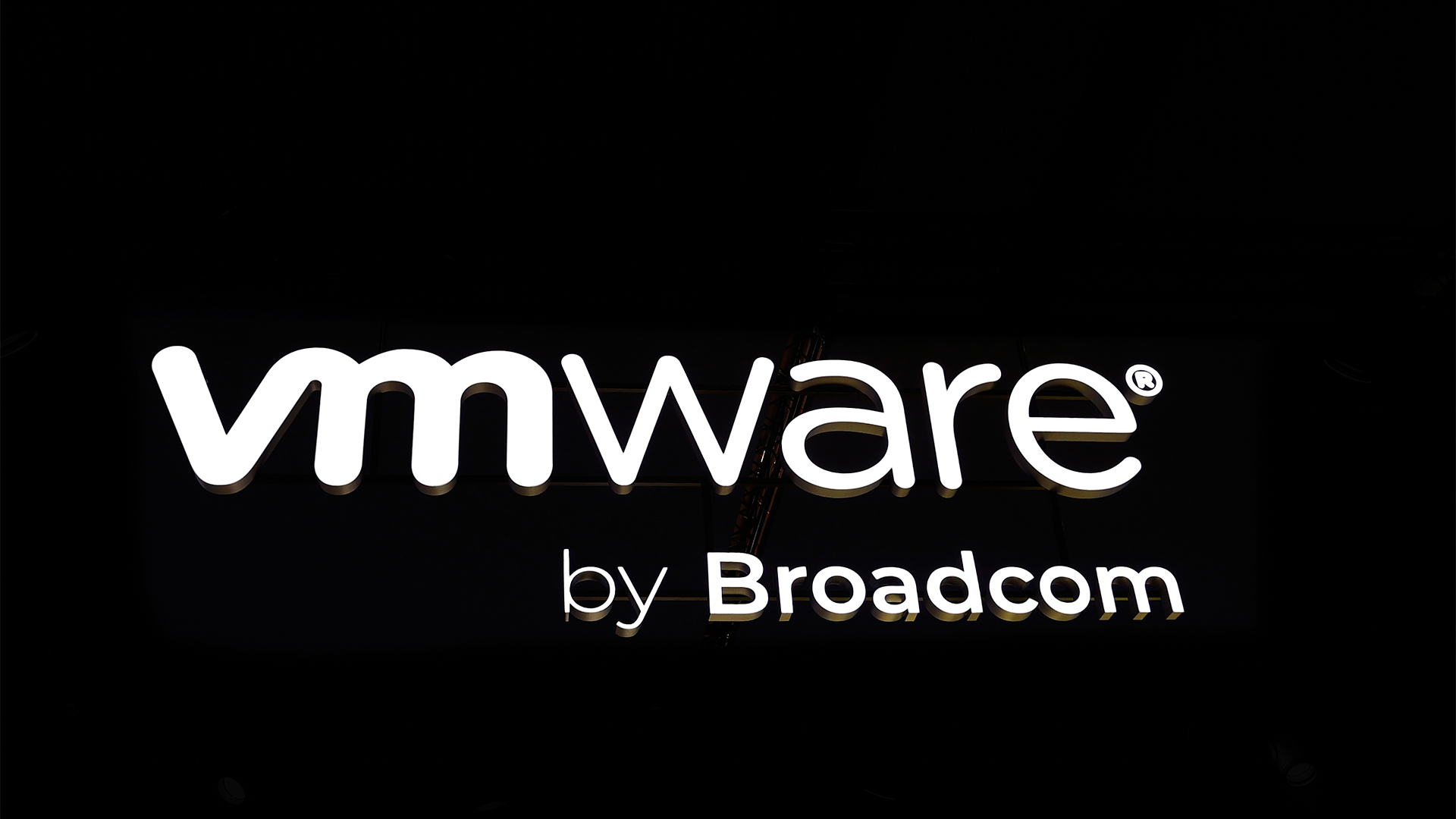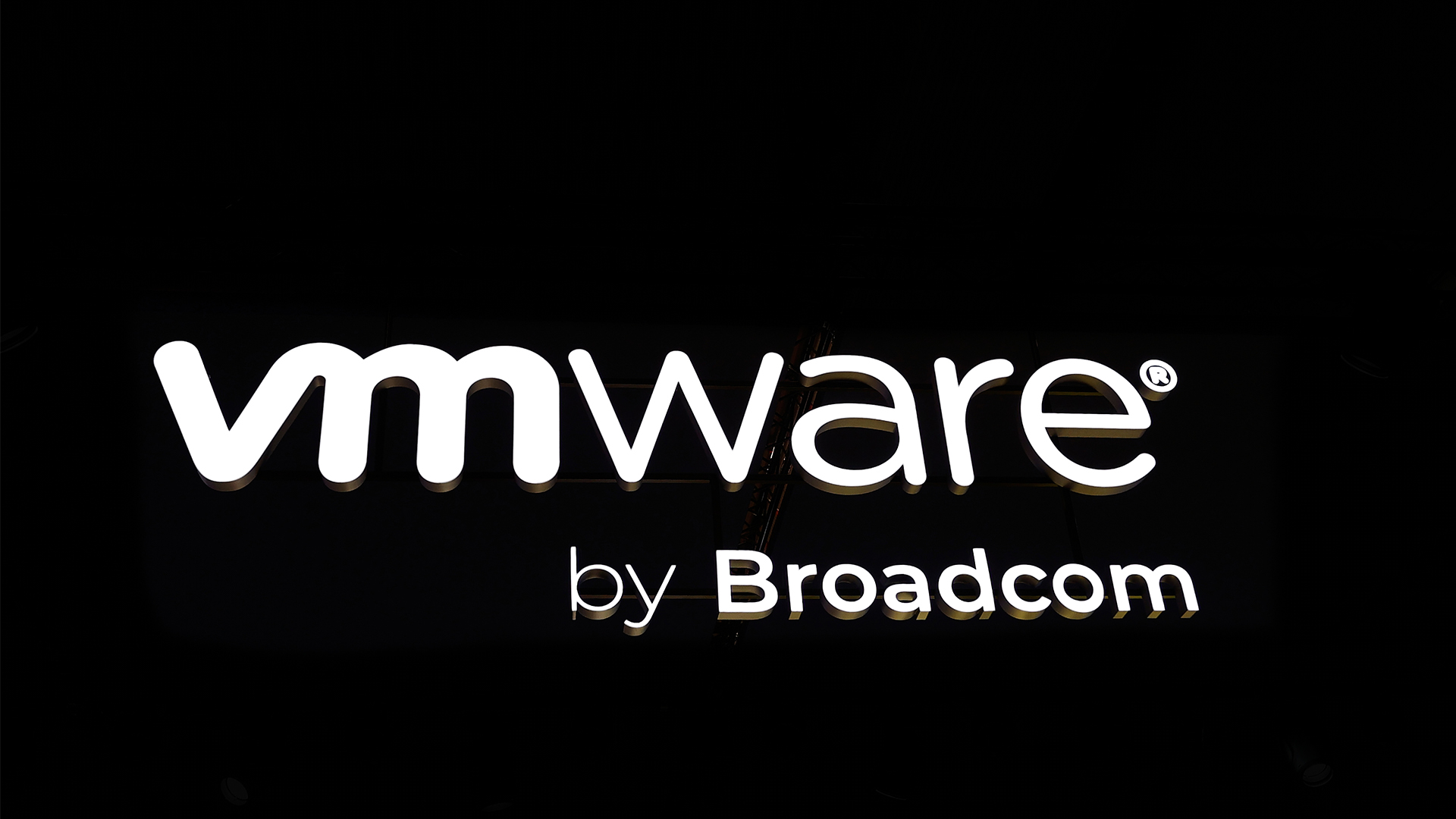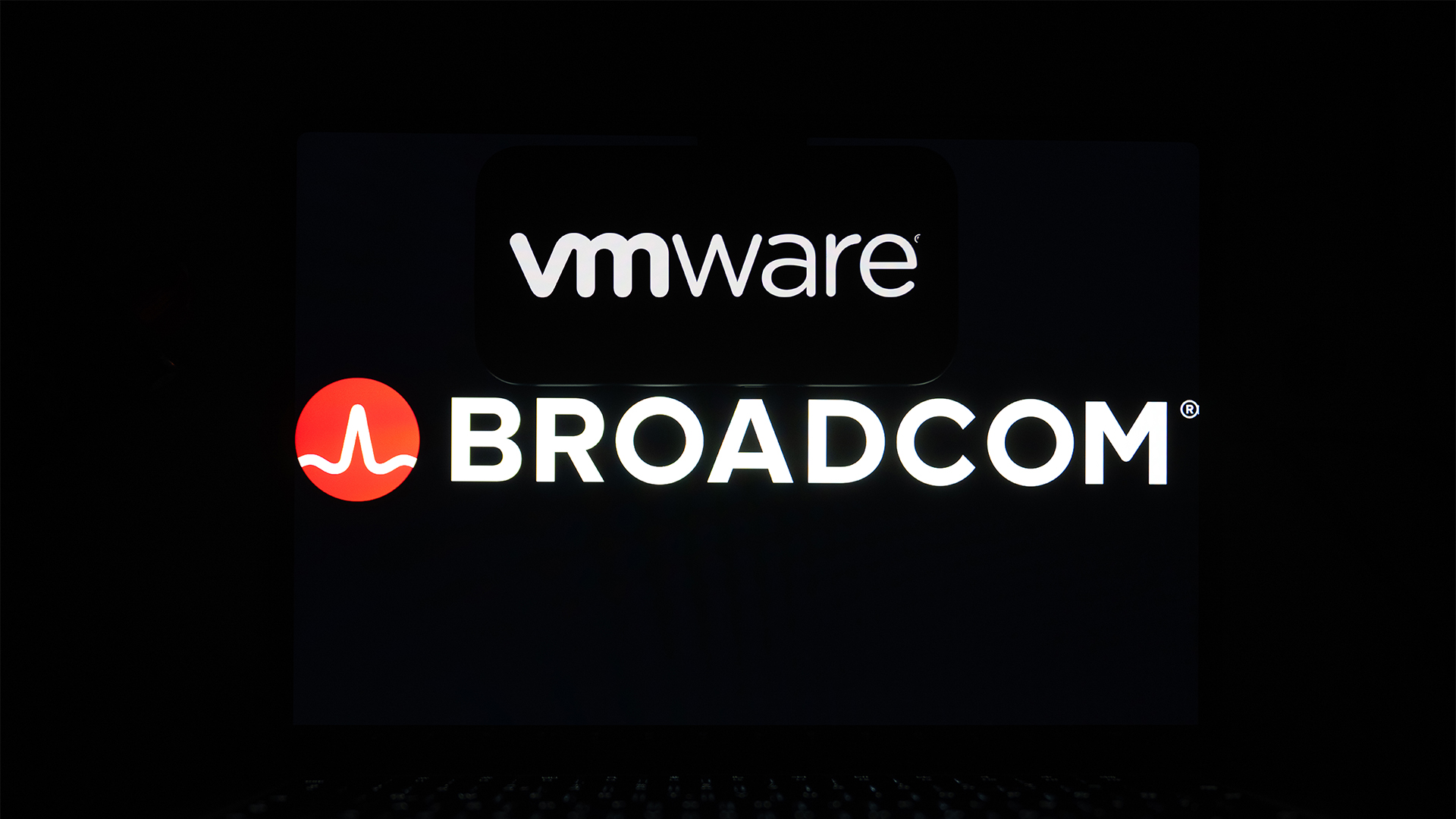Red Hat uncloaks PaaS and IaaS services
With fresh PaaS and IaaS offerings, Red Hat hopes to make a serious splash in the cloud computing market.


Red Hat is looking to go up against cloud computing big boys Microsoft and VMware with two significant launches.
The open source firm introduced CloudForms, for creating and managing Infrastructure-as-a-Service (IaaS) private and hybrid clouds, as well as its Platform-as-a-Service (PaaS) offering OpenShift.
The announcements came just days after Red Hat announced a partnership with IBM to work on Kernel-based Virtual Machine technology, allowing for muliple virtual versions of Linux and Windows to run on the same server.
A PaaS play
Red Hat is hoping to make a splash in the increasingly crowded PaaS space with OpenShift, which lets developers create applications with familiar Java, Python, PHP and Ruby tools.
The firm said it wanted to "end the lock-in of PaaS" by letting developers choose what cloud they want their application to run over.
"By providing the broadest platform and choice of languages, frameworks and supported cloud providers, OpenShift gives developers the cloud destination they've been dreaming of," said Brian Stevens, Red Hat's vice president of engineering and chief technology officer.
Sign up today and you will receive a free copy of our Future Focus 2025 report - the leading guidance on AI, cybersecurity and other IT challenges as per 700+ senior executives
The PaaS market looks set to heat up dramatically this year, with Gartner predicting it would "engulf the software industry."
Just last month, VMware launched its own open PaaS offering in the form of Cloud Foundry, again designed to give developers greater scope and help businesses avoid vendor lock-in.
An IaaS service
With CloudForms, Red Hat is hoping to help firms more easily manage the lifecycle of their varying cloud-based applications as well as providing support in dealing with associated security issues.
CloudForms places application control in the hands of administrators, giving them greater visibility and understanding of app execution.
It also enables the creation of private and hybrid IaaS clouds using Red Hat's JBoss application server. As a result, firms will be able to make use of their physical and virtual servers from different vendors.
"Red Hat gives users an easier way to build hybrid clouds and manage what they really care about: applications," said Scott Crenshaw, vice president and general manager for Red Hat's cloud business.
"Red Hat CloudForms also lets them deploy and manage their applications on any type of server: physical, virtual and public cloud. This is very different than cloud products from virtualization-only vendors, which focus on managing virtual machines, not applications, thus creating significant new complexity and costs."
Tom Brewster is currently an associate editor at Forbes and an award-winning journalist who covers cyber security, surveillance, and privacy. Starting his career at ITPro as a staff writer and working up to a senior staff writer role, Tom has been covering the tech industry for more than ten years and is considered one of the leading journalists in his specialism.
He is a proud alum of the University of Sheffield where he secured an undergraduate degree in English Literature before undertaking a certification from General Assembly in web development.
-
 Everything you need to know about Google and Apple’s emergency zero-day patches
Everything you need to know about Google and Apple’s emergency zero-day patchesNews A serious zero-day bug was spotted in Chrome systems that impacts Apple users too, forcing both companies to issue emergency patches
-
 Ronald Richardson to lead Leaseweb’s global commercial strategy
Ronald Richardson to lead Leaseweb’s global commercial strategyNews The experienced executive has been named Leaseweb’s new CRO as the IaaS provider embarks on the next phase of its growth journey
-
 VMware partners face more disruption with latest Broadcom changes
VMware partners face more disruption with latest Broadcom changesNews Broadcom’s latest VMware changes mean smaller partners could be pushed out
-
 Helping customers adopt a multi-cloud infrastructure and accelerate their modernization journey
Helping customers adopt a multi-cloud infrastructure and accelerate their modernization journeySponsored Content We outline what shifting to a subscription model means for your business
-
 There’s a ‘cloud reset’ underway, and VMware Cloud Foundation 9.0 is a chance for Broadcom to pounce on it
There’s a ‘cloud reset’ underway, and VMware Cloud Foundation 9.0 is a chance for Broadcom to pounce on itNews With new security features and cost management tools, Broadcom wants to capitalize on surging private cloud adoption rates
-
 Broadcom's 'harsh' VMware contracts are costing customers up to 1,500% more
Broadcom's 'harsh' VMware contracts are costing customers up to 1,500% moreNews An ECCO report says Broadcom hasn't solved customer complaints when it comes to licensing and contracts
-
 Broadcom records huge growth as CEO Hock Tan hails “successful integration” of VMware
Broadcom records huge growth as CEO Hock Tan hails “successful integration” of VMwareAnalysis The VMware acquisition is finally paying dividends for Broadcom
-
 Broadcom EMEA CTO claims the company has been able to solve most of its customer issues following VMware acquisition
Broadcom EMEA CTO claims the company has been able to solve most of its customer issues following VMware acquisitionNews Joe Baguley says the firm has been walking customers through license changes and explaining the value of VMware
-
 Cloud repatriation may be nipping at hyperscaler market share, but it’s a boon for VMware
Cloud repatriation may be nipping at hyperscaler market share, but it’s a boon for VMwareNews The firm’s private cloud offerings put it in a strong position to aid customers moving workloads out of the public cloud – but repatriation can’t be the only conversation
-
 VMware Explore 2024 live: All the news and updates as they happen
VMware Explore 2024 live: All the news and updates as they happenLive Blog ITPro is live on the ground in Barcelona for VMware Explore 2024 – keep tabs on all the news, updates, and announcements in our rolling coverage
